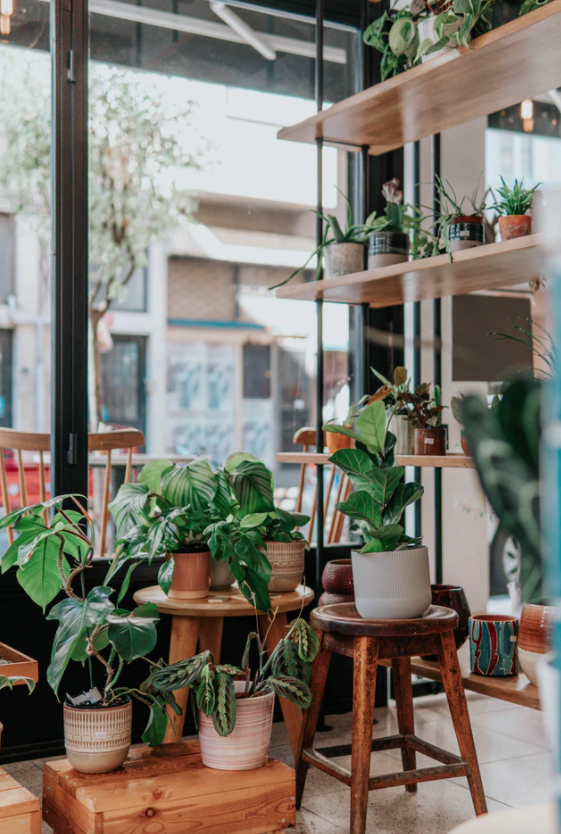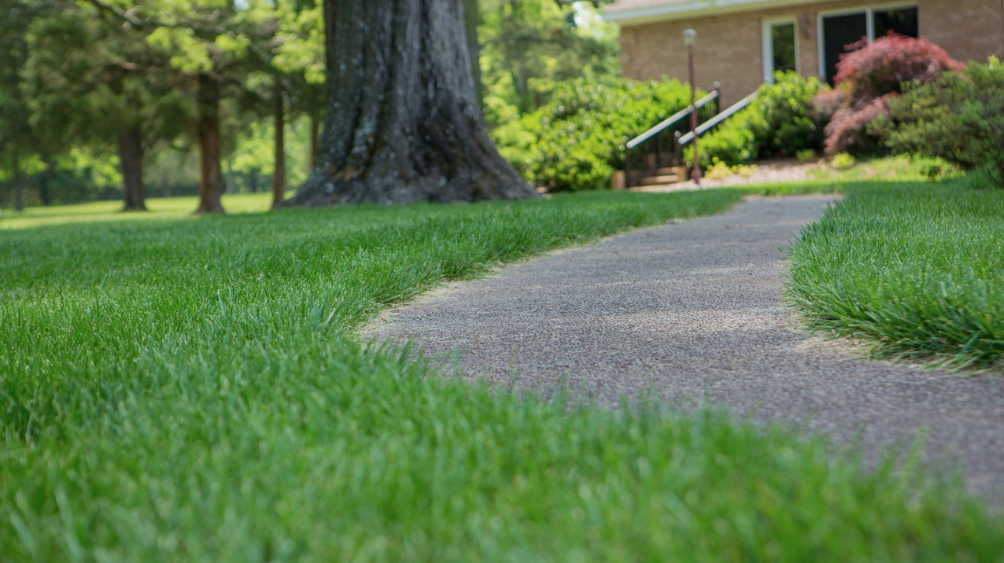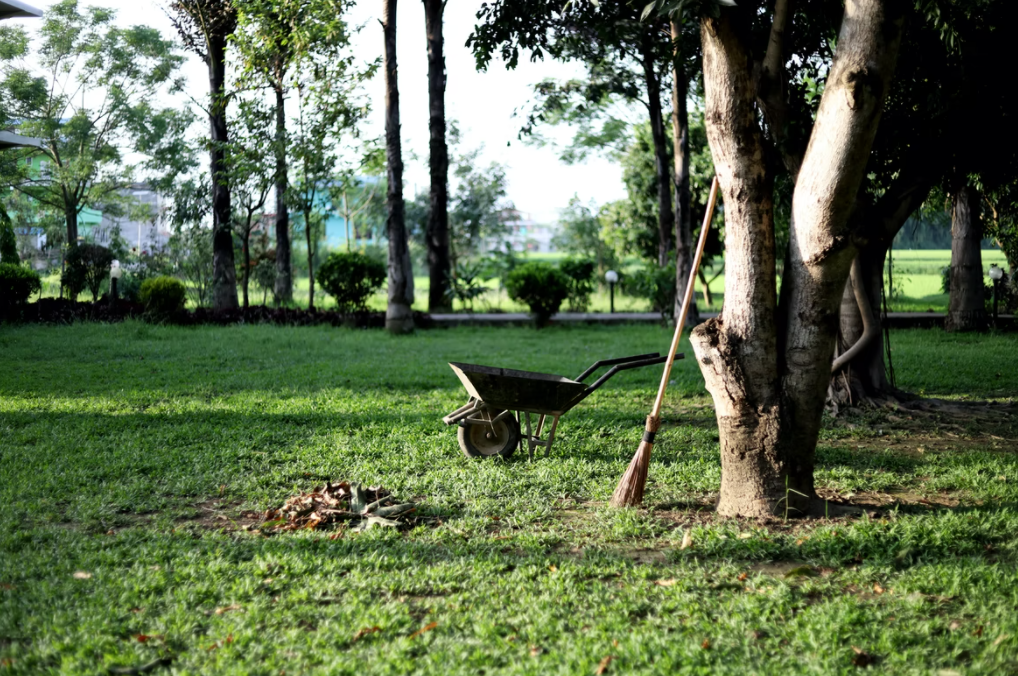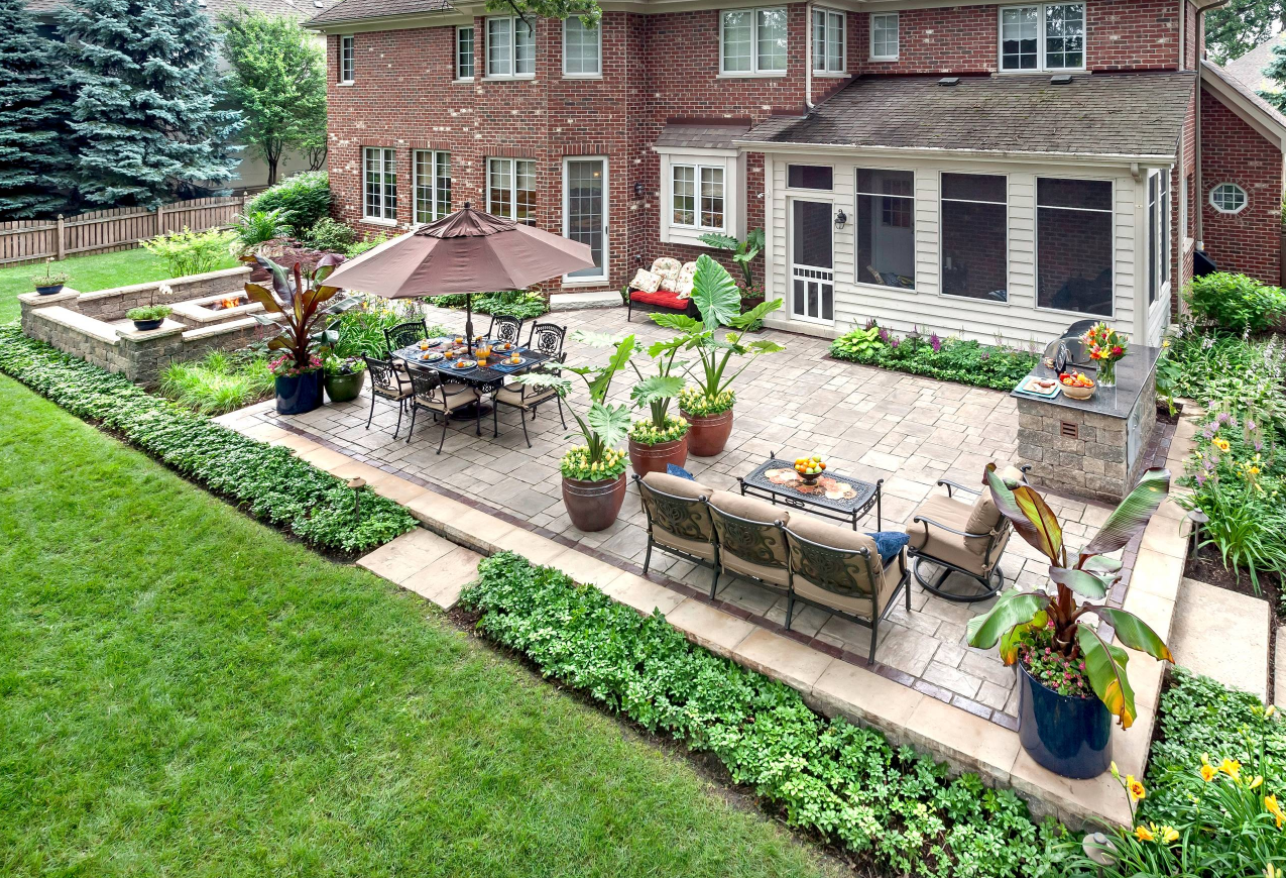3 Tips for Indoor Gardening

Indoor greenery is an integral part of interior design as indoor plants help to boost your mood and improve indoor air quality!

Photos By: Unsplash
Getting indoor plants is ideal if you live in an area with intensely cold winters and your lawn isn’t that big for outdoor gardening. But for indoor plants to thrive in your home, there should be areas that can get direct or indirect sunlight for at least four hours a day. This is in addition to having the necessary indoor gardening equipment to promote the growth of the indoor plants.
If you’re considering indoor gardening but don’t know the essential things you must consider, look no further. Here’s a guide on several valuable tips to have in mind when starting an indoor garden.
Choose The Best Plants For Indoor Gardening
Not all plants are ideal for indoor gardening as some, such as corn, and okra requires lots of space to grow. It would be best if you instead went for plants that are best suited for indoor gardening. These include plants that grow well in containers, need little maintenance and require low light. You also need to factor in room temperature and the time it takes for the plant to mature.
If you’re new to indoor gardening, here are some of the plants to consider;
- Houseplants such as ZZ plant, philodendron, dracaena, peace lily, and fiddle leaf fig
- Greens such as kale, mixed salad greens, leaf lettuce, and spinach
- Succulents such as panda plant, Aloe Vera, sedum, and jade plant
Use An Appropriate Soil
You should always use good potting soil for your indoor plants rather than regular garden soil. With good potting soil, you’re sure that your plants get proper moisture-holding capabilities, nutrition, and aeration. This soil also doesn’t contain microscopic pests and diseases that may destroy the plants in your indoor garden.
It’s also best to change the potting soil from time to time. Doing this isn’t complicated as all that needs to be done is taking out the plant from the pot, pruning the root ball and placing it back into a clean pot with fresh potting soil. Suitable potting soil usually doesn’t pack down, allowing the indoor plant’s roots to grow strong and go deeper because it’s lightweight.

Use The Right-Sized Containers
The pot for indoor gardening needs to be deep enough to ensure the plants have enough space to keep growing. Usually, the required depth by indoor plants differs from one plant to another. Plants such as cucumbers, beans, peas, peppers and other small vine or bush plants require a soil depth at least seven inches deep. The container needs to be even deeper for root crops such as carrots, potatoes, turnips and beets, which should be around 12 inches deep to have additional room for growth. But for greens such as kale, spinach and lettuce, the container shouldn’t be that deep as around five inches would be enough to allow for root development.
Takeaway
For indoor plants to thrive inside your home to purify the air and add some character to your home, there are several crucial things you must do. This guide has taken you through these simple tips you must consider to ensure that your houseplants help you realize this goal.






